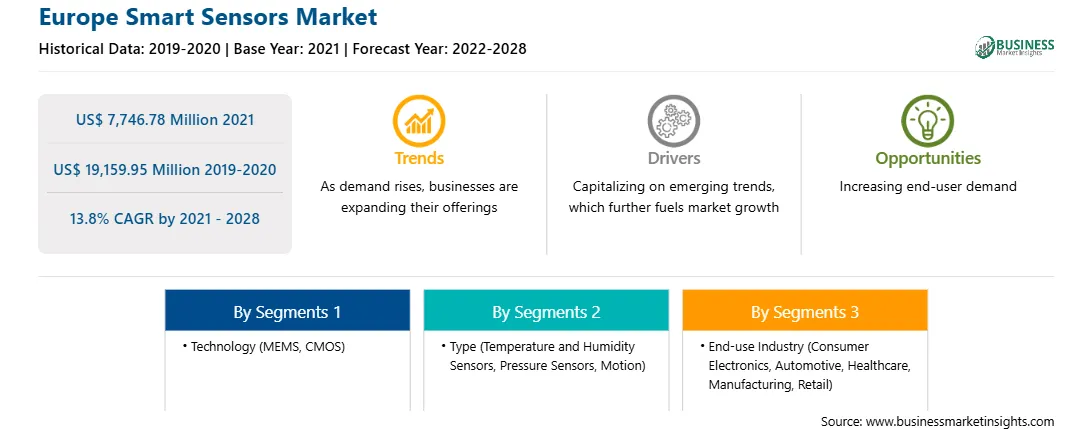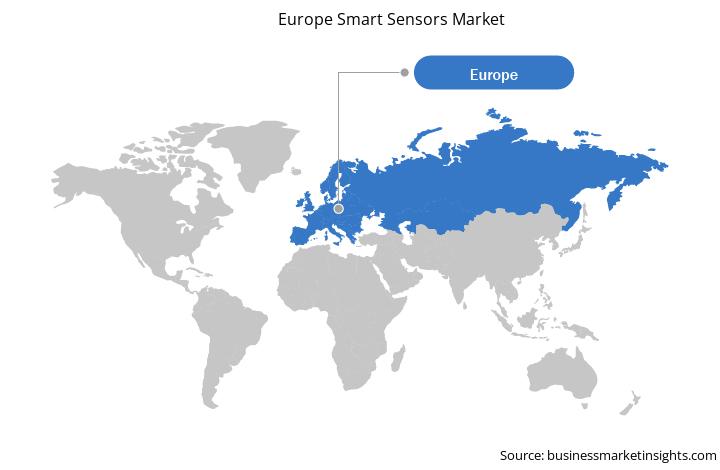The IoT and its intelligent sensors have the potential to cause a far-reaching and practical impact. Large-scale networking and digitization have opened a whole new set of solutions and services for construction and building managers. This innovation has the potential to create highly intelligent (smart) buildings that are energy-efficient, optimize facility management, improve safety and security, generate business intelligence, and enhance the occupant experience. Networked IoT sensors across the entire building environment provide a wealth of actionable data that can be used to make building-wide decisions in real-time, making these buildings smart.
With the growing demand for smart buildings, a new breed of intelligent sensors for commercial buildings has emerged. These include low-cost embedded ARM-based processors that run state-of-the-art machine learning algorithms on miniature network-connected and image-based sensing devices.
Best-in-class sensors are highly secure and designed for indoor occupant analytics and energy savings, providing unprecedented precision in occupant detection, count, and movements and accurate reading of ambient lighting and motion sensing. These smart sensors can work as standalone devices or be integrated into other infrastructure appliances, such as thermostats or lighting fixtures, in keeping with the edge computing approach. As these intelligent building sensors can perform all analytics in-house, images are never stored or transmitted over the network, ensuring that occupants' privacy is fully protected. Biosensors and electronic, chemical, and smart grid sensors are in high demand in smart cities.
According to multiple studies, tens of billions of IoT devices will connect to the Internet in the coming years. COVID-19 is driving urban resilience, and digital transformation strategy agendas as city governments adjust to a new reality. During the current emergency, this is reflected in the deployment of various technologies. Due to embedded support for various communication protocols, they are interoperable across different IoT ecosystems. Their inherent remote access capability enables remote maintenance and firmware upgrades, making them compatible with future technological advancements.
A network of sensors, cameras, wireless devices, and data centers form the key infrastructure in smart cities, allowing civic authorities to provide essential services more quickly and efficiently. Smart cities are also much more eco-friendly, as they use sustainable materials for construction and consume less energy. Efficient use of technology aids in creating an effective transportation management system, improving healthcare facilities, and developing a robust communication network that connects all businesses, people, and relationships between central and sub-national government levels.
With new features and technologies, vendors can attract new customers and expand their footprints in emerging markets. This factor is likely to drive the smart sensors market growth at a notable CAGR during the forecast period.
The Europe smart sensors market is segmented on the basis of technology, type, end-use industry, and country. By technology, the market is segmented into mems, CMOS, and others. Based on type, the market is segmented into temperature and humidity sensors, pressure sensors, motion, and others. Based on end-use industry, the market is divided into consumer electronics, automotive, healthcare, manufacturing, retail, and others. Based on country, the market is segmented into Germany, France, Italy, the UK, Russia, and the Rest of Europe.
Analog Devices, Inc.; INFINEON TECHNOLOGIES AG; ST Microelectronics; TE Connectivity Corporation; Microchip Technology Inc.; NXP Semiconductors; Siemens; Robert Bosch GmbH; ABB Ltd.; and Honeywell International Inc. are a few major companies operating in the regional market.
Strategic insights for the Europe Smart Sensors provides data-driven analysis of the industry landscape, including current trends, key players, and regional nuances. These insights offer actionable recommendations, enabling readers to differentiate themselves from competitors by identifying untapped segments or developing unique value propositions. Leveraging data analytics, these insights help industry players anticipate the market shifts, whether investors, manufacturers, or other stakeholders. A future-oriented perspective is essential, helping stakeholders anticipate market shifts and position themselves for long-term success in this dynamic region. Ultimately, effective strategic insights empower readers to make informed decisions that drive profitability and achieve their business objectives within the market.

| Report Attribute | Details |
|---|---|
| Market size in 2021 | US$ 7,746.78 Million |
| Market Size by 2028 | US$ 19,159.95 Million |
| Global CAGR (2021 - 2028) | 13.8% |
| Historical Data | 2019-2020 |
| Forecast period | 2022-2028 |
| Segments Covered |
By Technology
|
| Regions and Countries Covered | Europe
|
| Market leaders and key company profiles |
The geographic scope of the Europe Smart Sensors refers to the specific areas in which a business operates and competes. Understanding local distinctions, such as diverse consumer preferences (e.g., demand for specific plug types or battery backup durations), varying economic conditions, and regulatory environments, is crucial for tailoring strategies to specific markets. Businesses can expand their reach by identifying underserved areas or adapting their offerings to meet local demands. A clear market focus allows for more effective resource allocation, targeted marketing campaigns, and better positioning against local competitors, ultimately driving growth in those targeted areas.

The Europe Smart Sensors Market is valued at US$ 7,746.78 Million in 2021, it is projected to reach US$ 19,159.95 Million by 2028.
As per our report Europe Smart Sensors Market, the market size is valued at US$ 7,746.78 Million in 2021, projecting it to reach US$ 19,159.95 Million by 2028. This translates to a CAGR of approximately 13.8% during the forecast period.
The Europe Smart Sensors Market report typically cover these key segments-
The historic period, base year, and forecast period can vary slightly depending on the specific market research report. However, for the Europe Smart Sensors Market report:
The Europe Smart Sensors Market is populated by several key players, each contributing to its growth and innovation. Some of the major players include:
The Europe Smart Sensors Market report is valuable for diverse stakeholders, including:
Essentially, anyone involved in or considering involvement in the Europe Smart Sensors Market value chain can benefit from the information contained in a comprehensive market report.